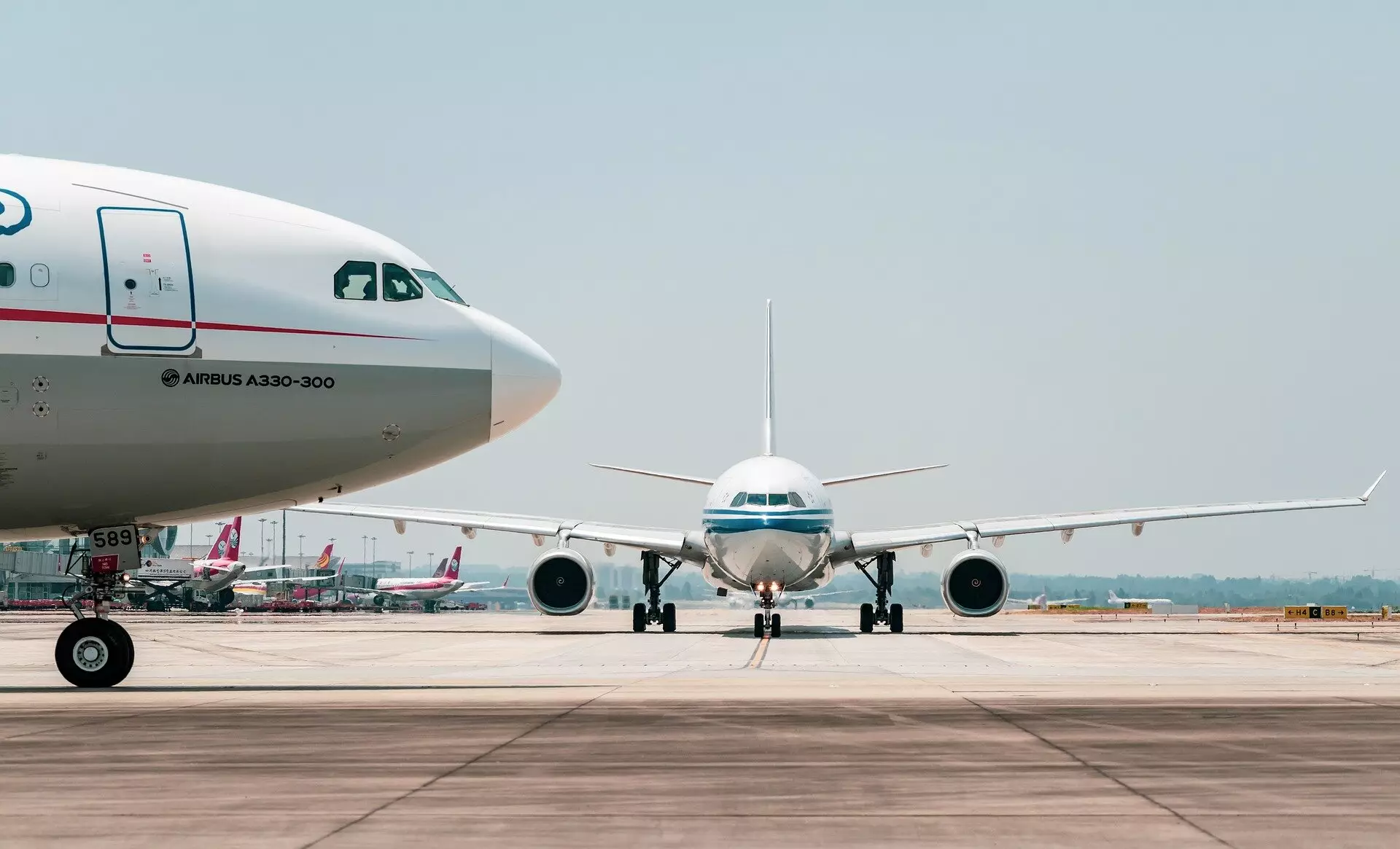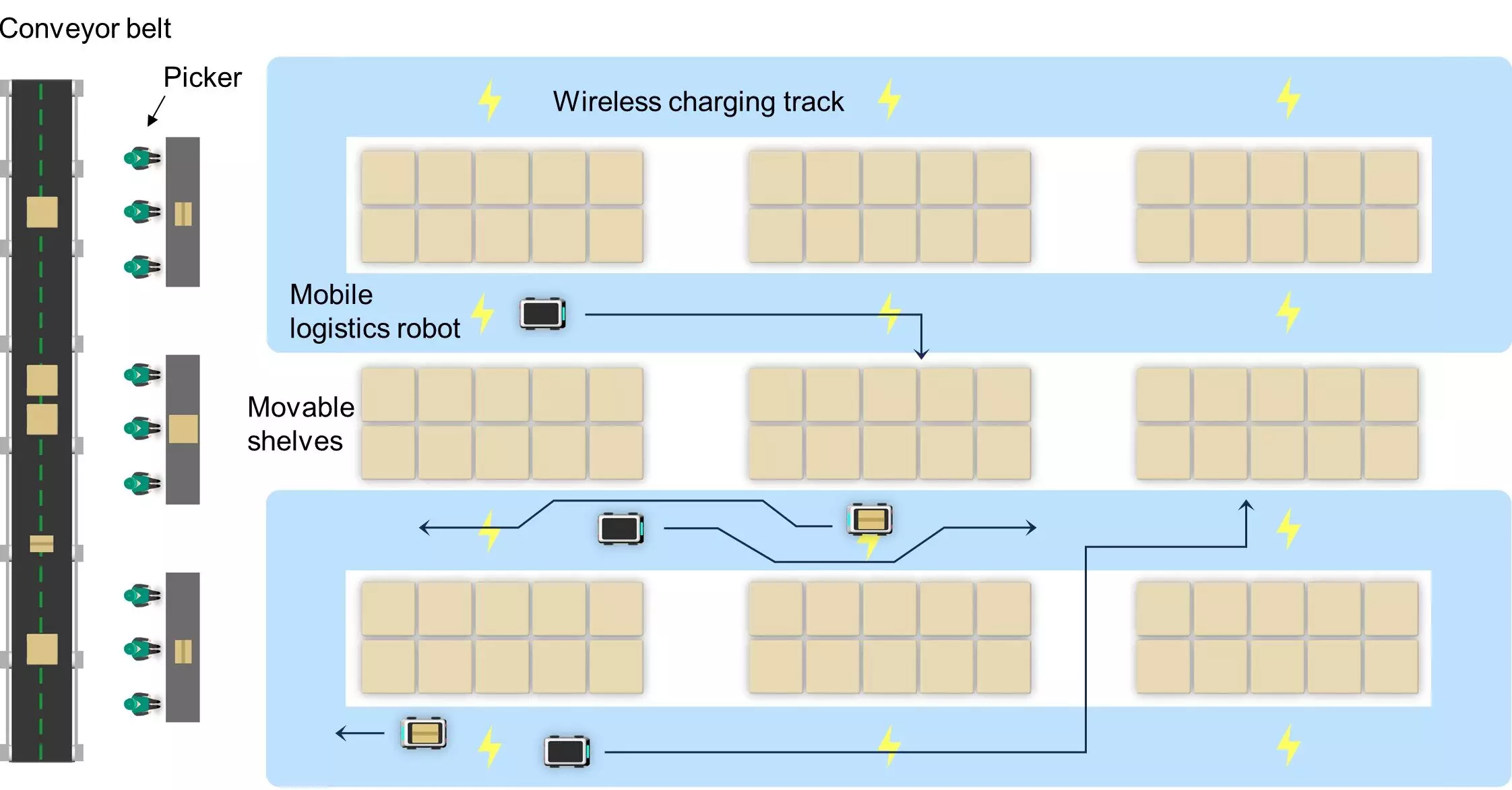Charting the Course to Sustainable Aviation: A Critical Analysis of Cambridge’s Five-Year Plan

As the world grapples with the consequences of climate change, the aviation industry finds itself at a critical juncture. Understanding the urgent need to mitigate its environmental impact, Cambridge University has released a comprehensive report outlining a five-year strategy focused on guiding the aviation sector towards achieving net-zero emissions by 2050. Despite previous commitments from various stakeholders within the industry, this report highlights a troubling reality: the aviation sector is significantly behind on its emissions targets. This analysis presents an examination of the core proposals set forth in Cambridge’s report and evaluates their potential efficacy within the context of the current aviation landscape.
The report, succinctly titled “Five Years to Chart a New Future for Aviation,” delineates four pivotal Sustainable Aviation Goals aimed at catalyzing action over the next five years. The first goal emphasizes the necessity of developing a global contrail avoidance system, which has the potential to diminish aviation’s climate impact by as much as 40%. This goal is ambitious and invites skepticism; the technical challenges involved in real-time environmental monitoring and data collection must not be underestimated.








